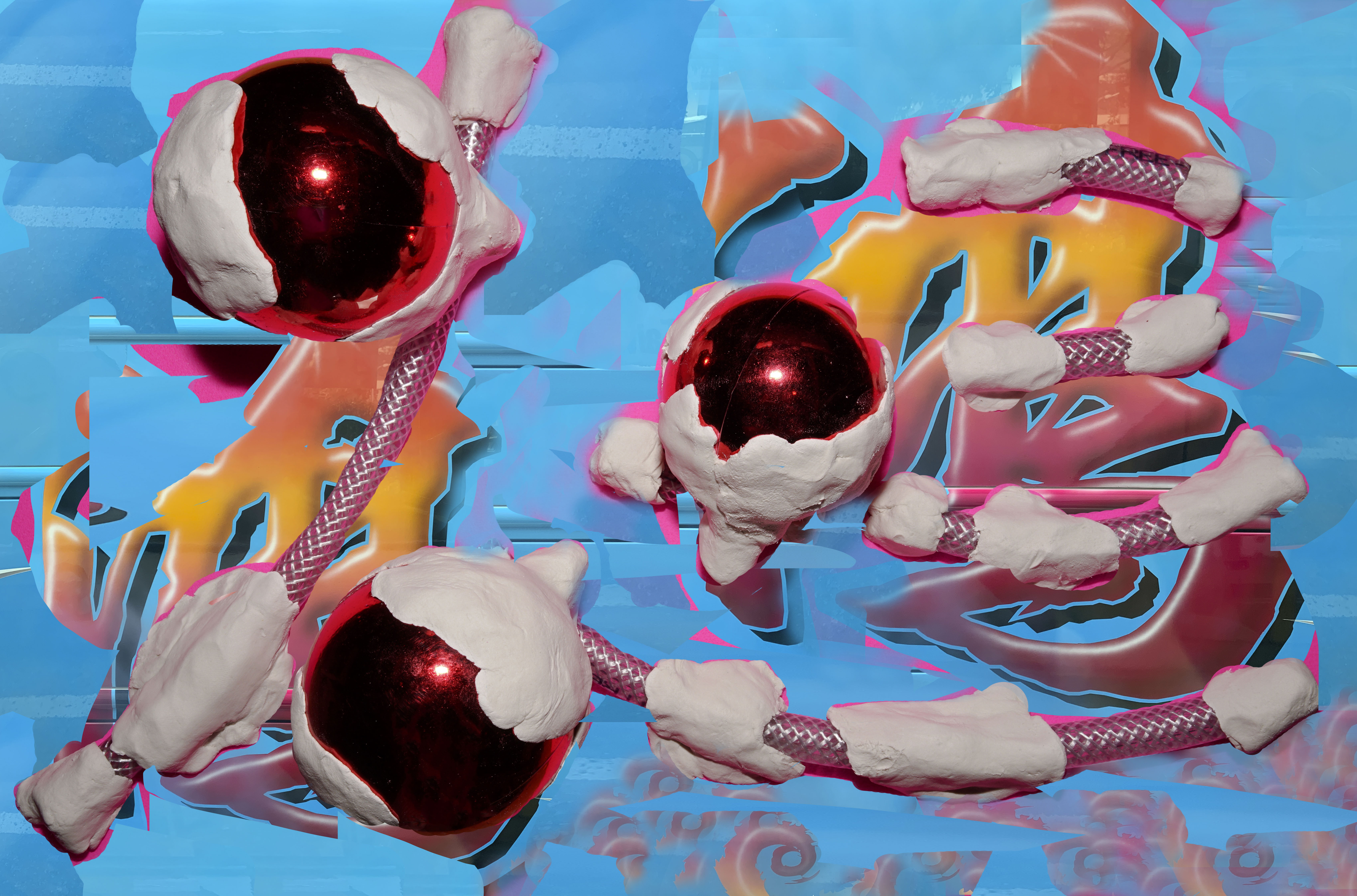Operating room party (Grand), 2022, from the series Baby’s Baby © Wu MeiChi
Now in its ninth year, the festival brings works from Les Rencontres d’Arles alongside its own cutting-edge programme. Diane Smyth speaks with co-founder RongRong
On 15 December the Jimei × Arles International Photo Festival opened in Xiamen, south-east China, the ninth time it has returned to the port city district. Open until 21 January 2024, it features 32 exhibitions by artists from France, the US, Scandinavia, China, Taiwan, Hong Kong, Bangladesh, Cambodia and many more, with shows relocating from the 2023 Les Rencontres d’Arles, and others dedicated to emerging Chinese artists, and photography and moving-image curators. The opening weekend will also include portfolio reviews, lectures, workshops, artist tours and performances.
This year Jimei × Arles replaced the role of art director with an art committee, featuring Christoph Wiesner, director of Les Rencontres d’Arles; Gu Zheng, photography critic; Gwen Lee, co-founder of the Singapore International Photography Festival and founding director of DECK; Yan Qi, executive director of Three Shadows Photography Art Centre; and RongRong, contemporary photographer and co-founder of Three Shadows and the Jimei × Arles festival, who together curated the programme and some of the shows.
“We do not give each year’s festival a specific theme,” RongRong explains. “We encourage diversity and welcome exhibitions from different countries and cultures. We hope to see everyone’s uniqueness.”
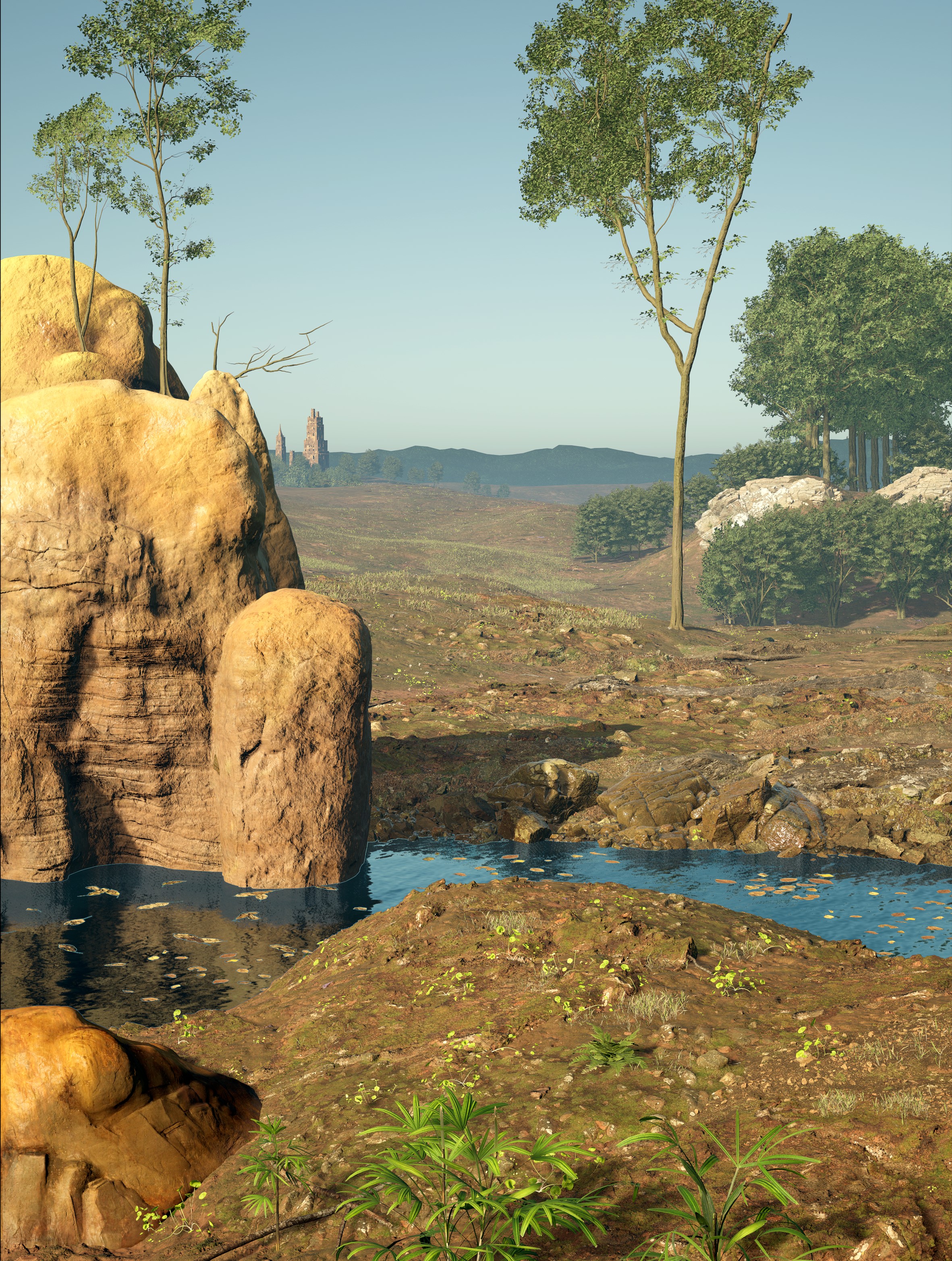
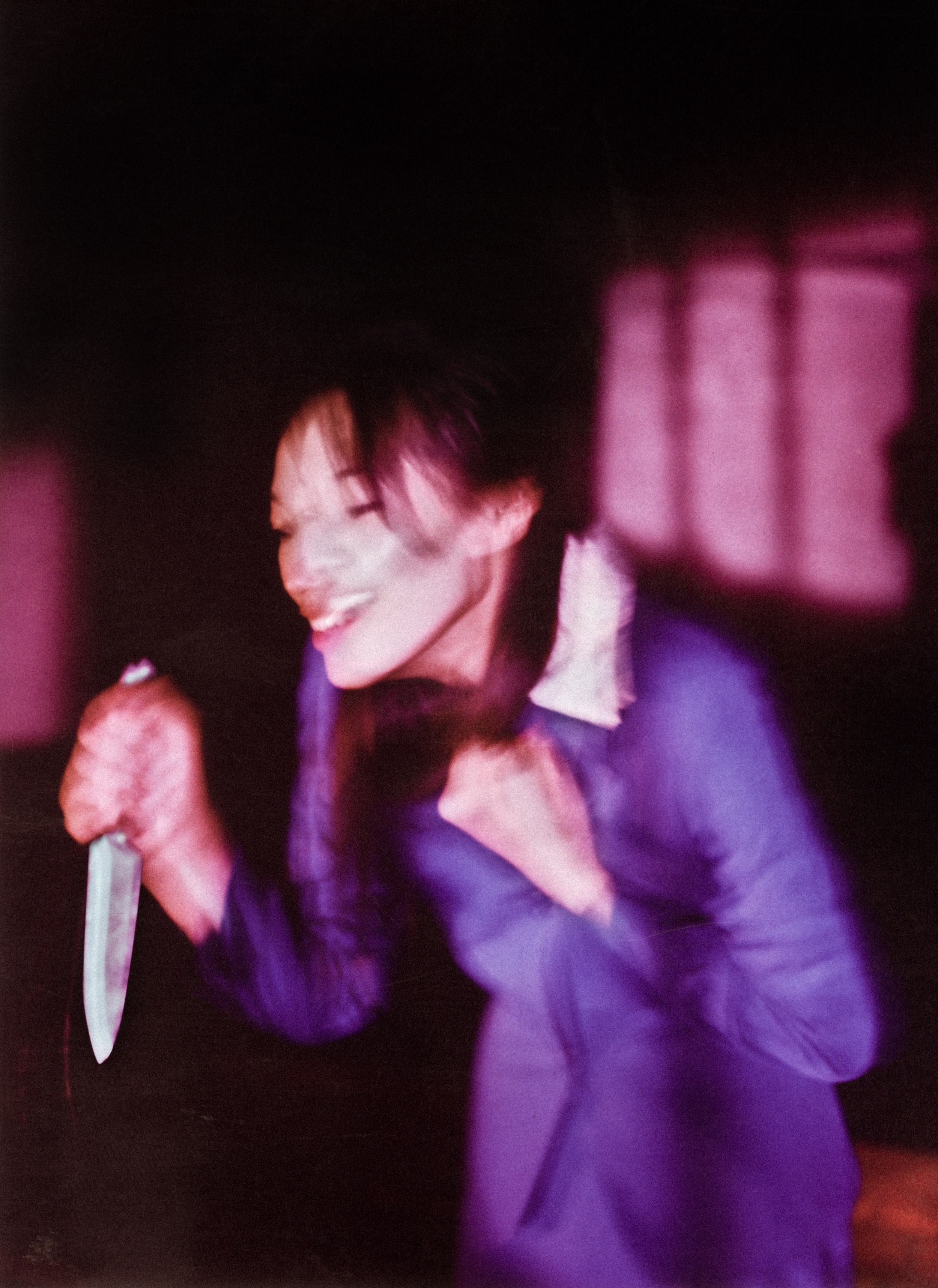
Programme
The festival has several sections in which to explore different aspects of photography. Exhibitions from Arles brings international work from the 2023 French festival to a Chinese audience, and includes the publications shortlisted for Arles’ Book Award. The committee selected the Wim Wenders exhibition My Polaroid Friends, as well as part of the Søsterskap (Sisterhood) Contemporary Nordic Photography show, Hoja Santa (Holy Leaf) by Maciejka Art, and the moving-image work Cosmovisión by Garush Melkonyan. Jimei × Arles will also feature two shows taken from the Rencontres d’Arles Discovery Award, which was curated by Tanvi Mishra: Caribbean Dreams by Samantha Box, and The Ajaib Ghar Archive by Philippe Calia.
“For Chinese audiences to visit Les Rencontres d’Arles in France, the costs of airfares and accommodation are high,” says RongRong. “Having these works brought to our doorstep provides a fantastic opportunity for local audiences. “Les Rencontres d’Arles in France is the pioneer of photography festivals and has been held for over 50 years, showcasing numerous international artists,” he adds. “Three Shadows Photography Art Centre is extremely honoured to have the opportunity to collaborate with such a prestigious national art event.”
Jimei × Arles is a two-way relationship with the French festival, with the winning exhibition from the Jimei × Arles Discovery Award receiving 100,000 yuan plus a showcase in next year’s Les Rencontres d’Arles. This award highlights emerging image- makers from China, with eight artists nominated by four curators – this year, Chen Min, Joanna Fu, He Bo and Yao Siqing. They have chosen, respectively: Li Dan for the series Samples of Air; Liu Guangli, Katabasis; Lahem, Modernity’s Fracture: The Odyssey of Returning Hometown; Wu MeiChi, Baby’s Baby; Wu Yuhang, Fragmentary; Zhang Lanpo, A Multitude of Riddles, in Stasis, in the Open; btr, AIR; and Yu Guo, Layered Views.
The works cover a broad variety of subjects and approaches, from Wu MeiChi’s wild digital interventions and Liu Guangli’s experiments in AI and 3D modelling, to Lahem’s delicate images of his hometown, a small village in the southern mountains of Jiangxi. RongRong says he is always curious to see the series picked out for the Discovery Awards, adding that there has been a notable increase in work using new media or multimedia approaches in recent years – a shift he links to the fast pace of development in imaging technology. He hopes Jimei × Arles represents younger cohorts of Chinese artists, and ensures those voices are heard internationally. “When visiting Les Rencontres d’Arles, we noticed that the voice of Chinese photography is relatively weak,” he notes. “It is highly significant for the works of our photographers to be exhibited at Arles alongside artists from other countries.”
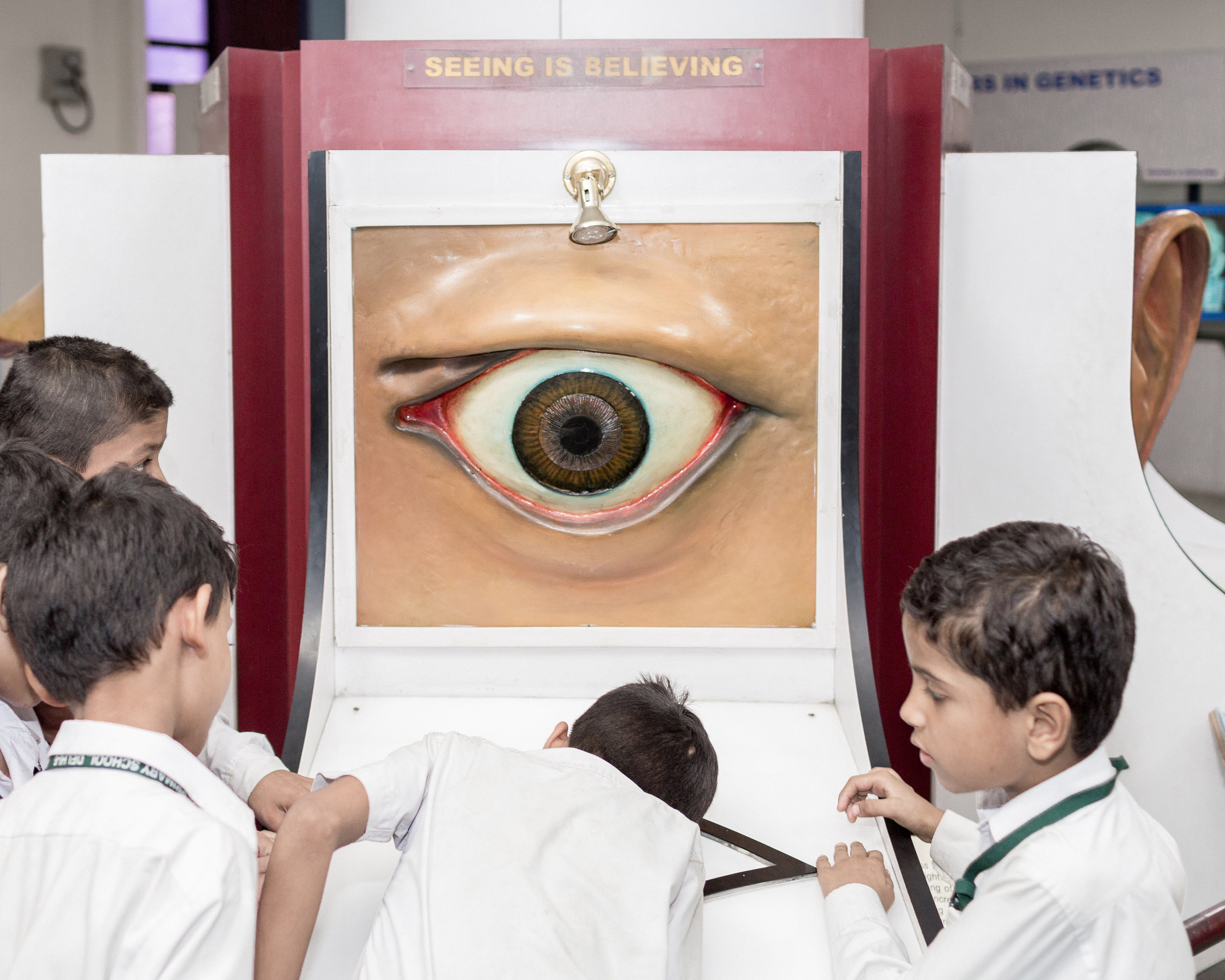
New technology
Jimei × Arles is also highlighting cutting-edge thinking via China Pulse, a section devoted to a different Chinese art institution every year. For 2023 it is welcoming Tsinghua University’s Academy of Arts & Design, with the section titled Forever Young after the university’s motto. The show is divided into two parts, Literature and Performance and Fiction and Experiment, and draws on Tsinghau University’s 30-year history of photographic education – an unusually long history in China, where photography majors have only been established for the last 20 years. Tsinghau started teaching photography in 1991 and set up its first photography major in 2010, emphasising interdisciplinary work and making the integration of art and science a cornerstone.
Curated by Feng Jianguo, China Pulse’s range of artists includes RongRong, as well as Gao Yuan, Lei Lei and Wang Shiran – whose works create uncanny updates of icons of the western photographic canon. “When reflecting on the history of world photography art spanning nearly two centuries, it’s clear that this narrative has evolved atop a foundation of continuous innovation in art, technology and culture,” reads the introduction to China Pulse. “Today, photographic art has expanded to encompass a broader range of technological methods and conceptual interpretations… The central query within photographic art has transitioned from ‘what photography should be’ to ‘what else photography can be’.”
The Jimei × Arles Curatorial Award for Photography and Moving Image selection illustrates something of this potential, picking out five proposals by emerging curators selected from an open call. The finalists will receive mentorship and training, and one exhibition will go on to be shown at Three Shadows in Beijing plus other Chinese venues. The proposals include Bodies of Information by curators Gwendoline Cho-ning Kam and Li Suchao, a look at media in the algorithmic era and how bodies of information can connect and interact with the human body, and Beyond the View by curator Wang Jiayi, which considers how social media morphs real-life experiences and emotions into materials for editing. Song for the Luddites, curated by Feng Junyuan, considers the oscillation between irrational fear of technology and labour resistance in the contemporary digital landscape.
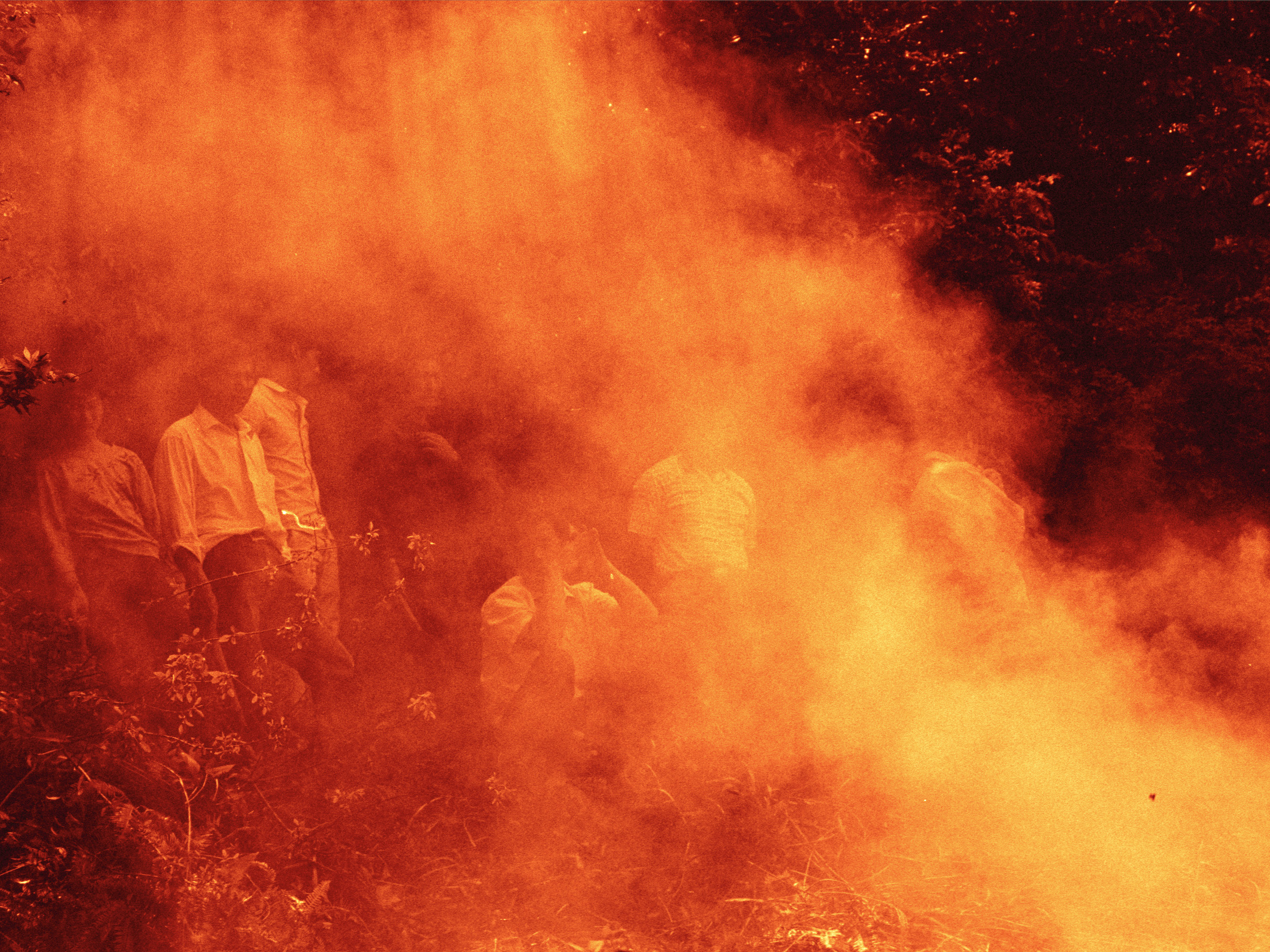
“Technological advancements, especially the development of smartphones, have significantly transformed the art of photography… and have changed our way of life” – RongRong
Launched in collaboration with Chanel in 2021, the Jimei × Arles Curatorial Award aims to encourage both emerging curators and curatorial practice in general in China. “In the western world, being a curator is a well-known and respected profession, but in China, the curator industry is relatively young, and not everyone is familiar with it,” RongRong explains. “Young people who aspire to enter this industry often lack the necessary paths and platforms. This award provides significant support to curators, including financial rewards, funding for exhibition implementation, international research trips, and masterclasses conducted by renowned international curators for other participants.”
Chanel is supporting another exhibition at Jimei × Arles: Clumsily Burgeoning by actress Huang Xiangli, which presents Polaroids from an unknownwomanalongsideherown photography. It is part of the Crossover Photography section devoted to multimedia shows, which also includes work by sculptor Jiang Sheng, and film photographer and director Yu Likwai. Sheng’s works reflect on the relationship between humans and nature, while Likwai’s Already it is dusk exhibition, curated by Hai Jei, creates a dream realm for lost souls with photographs and gifs drawn from film productions. The Greetings from Asia section, meanwhile, highlights photography from a wider region, and this year is organised by the Singaporean curator Gwen Lee (who is also on the Jimei × Arles committee). Titled Archipelago: Paradise Revisit, it showcases artists from the Philippines, Malaysia, Singapore, Thailand and Cambodia, including Elizabeth Gabrielle Lee, Lim Sokchanlina, Wawi Navarroza and Miti Ruangkritya.
Jimei × Arles is supported by Jimei District Committee of the Communist Party China, the French Embassy, and ticket sales, but it also needs to attract sponsorships, such as with Chanel, local banks and Vivo Communication Technology. Headquartered in Dongguan, Guangdong, Vivo was founded in 2009 and is now one of the biggest mobile phone manufacturers in the world; it is sponsoring an exhibition at the festival titled vivo VISION +. Curated by RongRong, it includes image-makers such as Alex Webb and Francesco Gola, and reflects on the shift in aesthetics and perceptions fostered by smartphones, which have simultaneously spread photography and made it easy to take bursts of images.
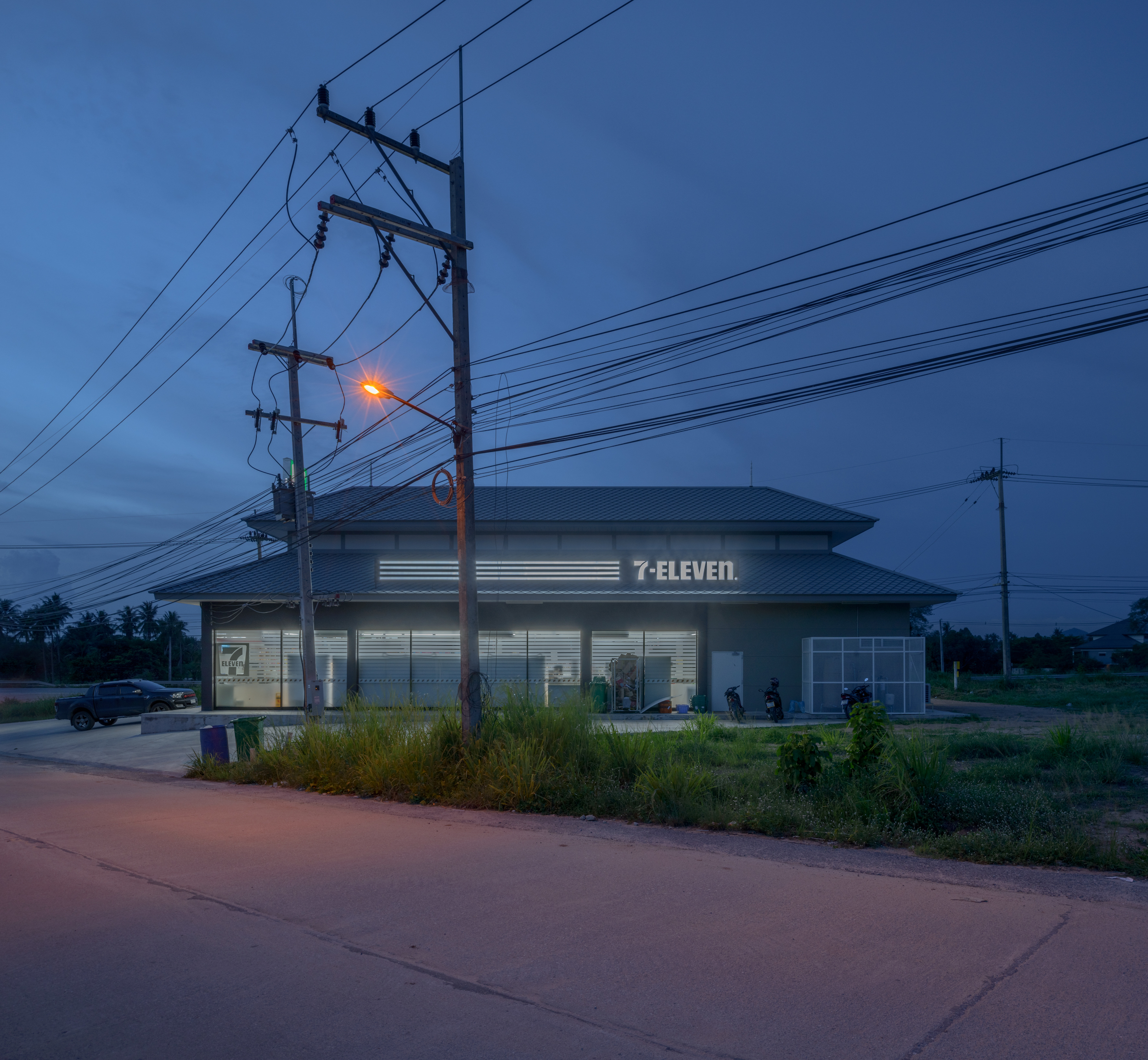
“Technological advancements, especially the development of smartphones, have significantly transformed the art of photography in just a few short decades and have also changed our way of life,” comments RongRong. “In the past, not everyone had a camera, and people had to visit a photography studio to have their family portraits taken. Later on, almost every household had film or digital cameras.
“Now, with the advent of smartphones, and particularly the advanced development of smartphones in China, they have provided preset photo effects for regular users and professional settings for photographer users. Especially with the widespread popularity of social media, it has become very convenient to take photos and share them on platforms such as WeChat Moments or Instagram. For example, before having a meal, people may take a quick snapshot of their food to share. I believe this has subtly changed our relationship with images. In this era, photography is intimately connected with everyone.”
“The art of photography is constantly changing and requires embracing diverse technologies,” RongRong adds, although clarifying that this does not equate to abandoning analogue methods. “I believe that if young artists only know how to use smart devices and are unfamiliar with the principles of photography, without stepping into a darkroom, we will gradually lose the history of photography and our understanding of it. This year, we have an exhibition featuring the works of Taiwanese artist Chen Tsun-shing (titled Color, it is the third part of his Personal Psycho History Trilogy). His photographs from the 1980s will allow young people to once again see the charm of colour film photography.”

Art of collecting
Jimei × Arles also has another exhibition of vintage prints, in its regular Collector’s Tale exhibition. This show highlights a different collector every year, this time presenting Liu Gang and a photographic album he holds. Made “during the late Qing Dynasty”, in 1908, it documents the American Great White Fleet visiting Xiamen, cementing the city’s position as one of China’s modern treaty ports – a key historical event. “It is a unique collection, and upon seeing it, I decided to invite it for display at Jimei × Arles,” says RongRong.
Establishing photography as a collectible art form is one of the reasons RongRong co-founded Jimei × Arles – and, before that, the Three Shadows Photography Art Centre in Beijing. Photography is a young art form in China and its community is still growing, he points out; Three Shadows was the first photography institution in China when RongRong set it up in 2007 with his partner, Japanese artist inri. They had been inspired by an earlier artists’ residency in Vienna, on which RongRong first realised how differently photography was regarded in the west. “The impact and contrast I experienced were immense,” he says. “I was shocked by the level of importance photography held in Europe and the general public’s awareness of it. Even small photography museums had photography collections.
“The concept of ‘art districts’ in China gradually took shape after 2000,” he continues. “Despite their development, photography as an art form in China still lacked an independent space. At that time, both the authorities and the public did not pay much attention. There were no photography spaces, libraries, residencies, and there were few critics and collectors. An entire photography ecosystem had not been established.”

Photography is associated with ‘taking’ pictures, he says, but he decided he had an opportunity to give back, setting up Three Shadows and helping establish lens-based art in China. Others gradually joined and, over the last five years or so, more initiatives have emerged. RongRong is encouraged by the progress but says there is more to be done. “These organisations are focused on photography of different generations and have been developing their own collections in various cities,” he says. “This is a positive phenomenon, but it is not enough. I hope that in the future, there will be dozens of institutions.
“Photography has changed our way of life. The art is still young, but it is vibrant and constantly evolving. With the progress of photography in China, I hope there will be national-level museums and well-established collections in the future. Of course, I can also keenly feel the development of the photography industry in China. There is still a long way to go, but I believe that the future of Chinese photography is promising.”
Jimei × Arles International Photo Festival is across various venues in Xiamen until 21 January 2024

